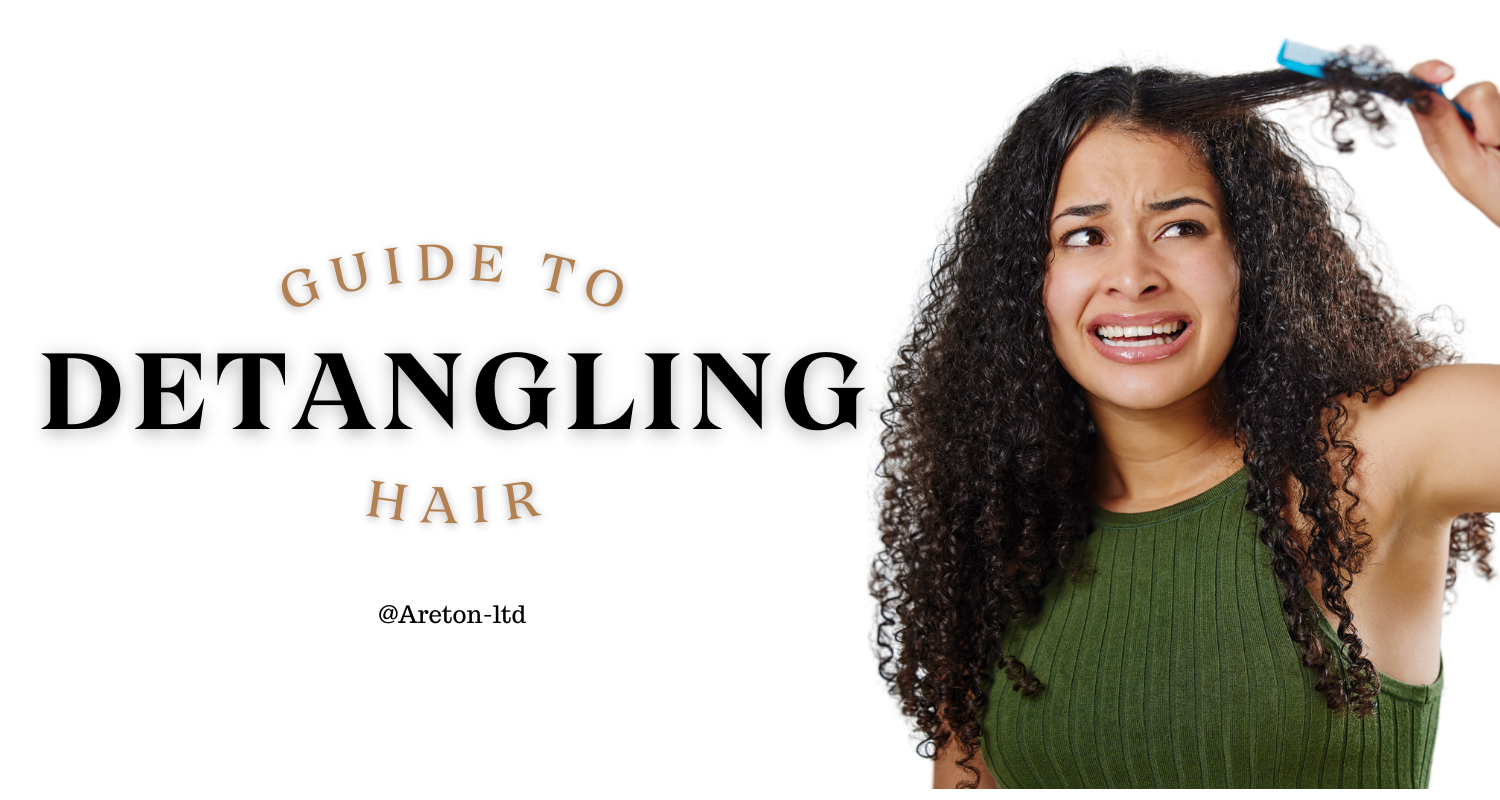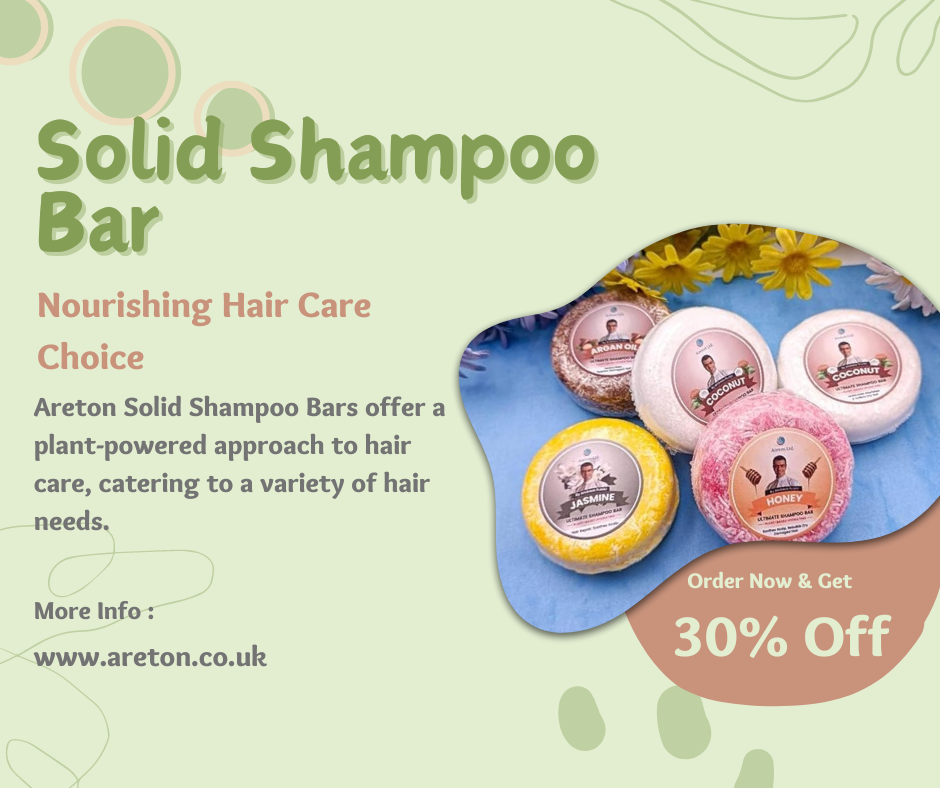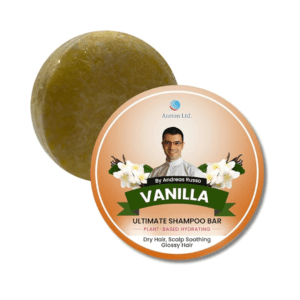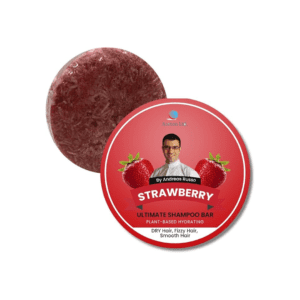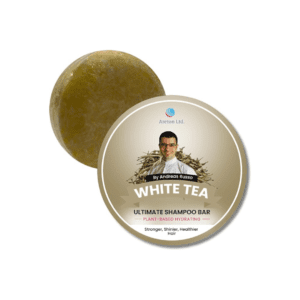Introduction
Detangling hair is an important part of any hair care routine. It helps remove knots, tangles, and matted sections to restore smooth, manageable hair. Detangling regularly can help prevent breakage, split ends, and hair damage. It distributes your hair’s natural oils from the scalp down the hair shaft for added moisture and shine.
Detangling helps remove dirt, oil, and product buildup so you can effectively cleanse the hair and scalp. It minimizes hair shedding by gently removing loose hairs that have naturally reached the end of their growth cycle. Thorough, patient detangling reduces pulling, tugging, and ripping of the hair so you avoid unnecessary breakage.
However, detangling must be done with care to avoid snapping delicate strands or damaging the hair follicle. Harsh brushing and combing can create more knots and worsen existing tangles. It’s important to properly prep the hair, use the right tools, work in small sections, and avoid rushing through the process. With some knowledge of your hair type and the right techniques, detangling can be easy, pain-free, and leave your hair looking its best.
Assess Hair Type
Human hair comes in a range of textures, from pin-straight to tightly coiled. Understanding your natural hair type is key for learning the best detangling methods. Here are the main hair types:
Straight – Hair has no curl or wave pattern. Stands straight when air dried. Common among those of East Asian and Native American descent. Less prone to tangles than curly hair types.
Wavy – Hair forms a slight “S” pattern wave. Tends to be shinier and finer than curly hair. Prone to frizz and some tangling. Common in those of European descent.
Curly – Hair forms distinct ringlets or corkscrew curls. From loose spirals to tight coils. Prone to dryness, frizz and tangling. Common among those of African, Latin American, Middle Eastern descent.
Coily – Tightest natural curl pattern that forms springy coils. Highly prone to dryness, shrinkage and tangling. Most common in those of sub-Saharan African descent.
Knowing your hair’s natural texture and curl pattern is the first step in learning to gently detangle it. Hair typing systems like the Andre Walker method can help identify your hair type. Generally, the curlier the hair, the more delicate and prone to tangles it is.
Remove Tangles Gently
When dealing with knots and tangles in hair, it’s important not to forcefully rip through them. This can damage the hair cuticle, leading to breakage and frizz. Instead, take a gentle, patient approach to working out knots.
Start by holding the knot between your fingers and very lightly massaging it to loosen up the hair. Then, use your fingers or a wide-tooth comb to gently tease apart the knot, working from the bottom up. If using a comb, hold it at a 45 degree angle and ease it through the tangle bit by bit. Avoid yanking or pulling hard as this will only tighten the knot and pull out hair unnecessarily. The key is using minimal force and gently coaxing the strands apart. Small, consistent movements are better than trying to power through knots.
Have a spray bottle of water or detangling spray on hand to spritz knots if needed. The water or conditioner will help lubricate strands to make them easier to unravel. Just a light mist is all that’s required. As you work, check for single strands wrapped tightly around the knot and release them first before tackling the main tangle. With patience and care, you can get knots out smoothly without damage. Never force knots out quickly or carelessly. Protect your hair by always removing tangles gently.
Detangle in Sections
When detangling hair, it’s important to work in sections rather than trying to brush out all the tangles at once. Start at the bottom of the hair and detangle a small section at a time, working your way up towards the roots.
Divide hair into four sections – left, right, back, and top. Use clips to keep the sections separated as you work.
Start detangling each section at the very bottom, holding the hair above the tangle to avoid pulling. Gently brush out the ends first before moving up.
Work through tangles slowly and patiently. Rushing can cause more knots and breakage. Take your time with each section.
After finishing a section, clip it up and move onto the next section. Keep completed sections out of the way.
Gradually detangle each section from the bottom up until you reach the roots and can brush smoothly through the entire section.
Detangling in small sections from bottom to top minimizes breakage and damage. It may take longer than brushing all at once, but it’s the safest, most effective way to work out knots and tangles.
Use the Right Tools
When detangling hair, using the right tools is key to avoiding damage and breakage. The tools you use should be designed to gently work through knots without ripping or pulling hair. Some of the best tools to use include:
Wide-Tooth Combs
Wide-tooth combs are a top recommendation for detangling. The spaced-out teeth help grab and loosen knots gradually without tugging or scratching the scalp. Look for combs with smooth, rounded tips to glide through the hair without snagging. Start detangling from the ends and slowly work up towards the roots.
Wet Brushes
Wet brushes are made specifically for brushing through wet, tangled hair. They have soft, flexible bristles that are tightly packed together in a way that follows the shape of the head. The bristles gently flex to detangle while minimizing breakage. Make sure to use the brush on wet hair with conditioner to reduce friction.
Fingers
Perhaps the most gentle way to detangle is using just your fingers. Work through one section at a time, starting at the ends and patiently using your fingers to loosen knots. Be very careful not to pull harshly. For some hair types, fingers may not provide enough slip to get through stubborn tangles.
The key is using tools that are designed to glide through the hair smoothly without pulling, scratching or damaging the strands. Pay close attention to any excessive tugging, which can lead to breakage over time. With the right technique and tools, detangling can be painless.
Apply Conditioner
Conditioner is a key product for detangling hair. It provides lubrication to the hair strands, allowing them to slide past each other with less friction and breakage. Conditioner also helps soften the hair cuticle, making it more flexible and less prone to snapping when brushed.
When detangling, apply a generous amount of conditioner from roots to ends, making sure to coat every strand. Let the conditioner sit for a few minutes so it can fully penetrate the hair shaft. This gives it time to work its magic before you start detangling. Focus on applying conditioner to the most tangled areas first.
The right conditioning formula is important. Look for a detangling conditioner that contains ingredients like oils, silicones, fatty alcohols, and emollients. These help provide extra slip and hydration to smooth out knots. Avoid formulas with heavy waxes or mineral oil, as these can sometimes make tangles worse.
Conditioner helps immensely with the detangling process. It’s a buffer between the hair strands and the comb, reducing friction, hydrating the hair, and making it more pliable so tangles can be worked out with less risk of damage. Using a good detangling conditioner and letting it soak in is one of the most critical steps for easy, painless detangling.
Work Knots from End to Root
Detangling hair should always start at the ends and work up towards the roots. Trying to force a comb or brush through knots at the top first will only tighten them and cause breakage.
Instead, hold sections of hair between your fingers and slowly work out tangles by unwrapping the strands starting at the tips. Gently separate the knotted areas with your fingers or a wide-tooth comb. Take your time with each section, loosening the ends before moving up towards the roots.
If you encounter a stubborn knot, don’t yank or pull. Patience and persistence will help coax the strands apart. Applying more conditioner or detangler to knots can help loosen them up. Just remember to always start unraveling at the ends, no matter how tempting it is to dig into knots at the roots. Slowly easing apart knots from tip to root is the safest, most effective way to detangle.
Be Patient
Detangling hair, especially long or thick hair, can be a tedious process. It’s important not to rush through it or get frustrated. Taking your time and having patience is key.
Work slowly and gently, one section at a time. If you encounter a difficult knot, don’t just yank at it. Gently tease the knot apart bit by bit. If needed, use your fingers to loosen and gently pull the knot apart.
It’s easy to want to speed through detangling to get it over with. But rushing increases the chances of breakage and damage. Be prepared to spend adequate time on the process. Set aside at least 10-15 minutes for shoulder length hair, and 20-30 minutes for long hair.
If you find yourself getting annoyed, take a break. Put on some music, take some deep breaths, and then resume when you feel calmer. Getting worked up will only make the process take longer and become more painful.
Remember, patience is a virtue when it comes to detangling. Taking it slow and steady will help minimize damage and discomfort. Don’t worry about how long it takes – just focus on gently easing out each tangle until your hair is smooth, knot-free and happy.
Prevent Future Tangles
Tangles form more easily in certain hair types and situations. Here are some tips to help prevent knots and snags:
Braid hair before bedtime. French braids, pigtail braids, and other styles keep hair neatly contained overnight. The braid helps minimize friction that causes tangles.
Use a satin or silk pillowcase. The smooth fabric doesn’t catch and pull hair like a cotton pillowcase can.
Tie up hair during activities. Secure hair in a loose ponytail or bun when exercising, playing sports, etc. This keeps hair from flying around and tangling.
Avoid rough towels. Rubbing hair aggressively with a towel creates knots. Gently squeeze hair dry or wrap in a microfiber towel instead.
Use soft hair ties. Elastic bands and metal clips can snag and break hair. Try soft scrunchies, fabric hair ties, or spiral hair ties.
Don’t brush wet hair. Only use a wide-tooth comb or wet brush from mid-shaft to ends when hair is wet. Brushing increases breakage.
Apply treatments. Use a moisturizing hair mask or leave-in conditioner to keep hair smooth and tangle-free. Oils like argan, coconut, and olive oil also help.
Get regular trims. Split ends easily knot and snarl. Trim every 6-8 weeks to remove damaged ends.
Be gentle overall. Avoid harsh handling, tugging, and friction that can lead to tangles developing.
When to Seek Help
Excessive tangles and knots can sometimes indicate an underlying issue that needs professional help. If you find you are unable to successfully detangle hair even after trying all the recommended tips, it may be time to see a hairstylist.
Some signs it’s time to seek professional help include:
- Hair remains extremely tangled and knotted no matter what you try at home
- Breakage and hair loss occurs when trying to detangle
- Scalp pain or irritation persists from tangled hair pulling
- Child consistently gets severe tangles and knots, despite efforts to gently detangle
Seeking professional help can identify if there is an underlying cause, like damage from overprocessing or improper haircare. A stylist can give tips tailored to your hair type and situation. They may recommend changes in haircare routine, products, or techniques to reduce tangles going forward.
In rare cases, severely tangled hair may need to be cut out. This should be a last resort, after trying other detangling methods. But removing tangled clumps may be necessary to restore hair to a healthy condition.
The takeaway is if excessive tangles persist despite your best efforts, see a professional hairstylist. They can properly assess the situation, identify any underlying issues, and advise the best solution for your hair. With the right guidance, you can get knots and tangles under control.


